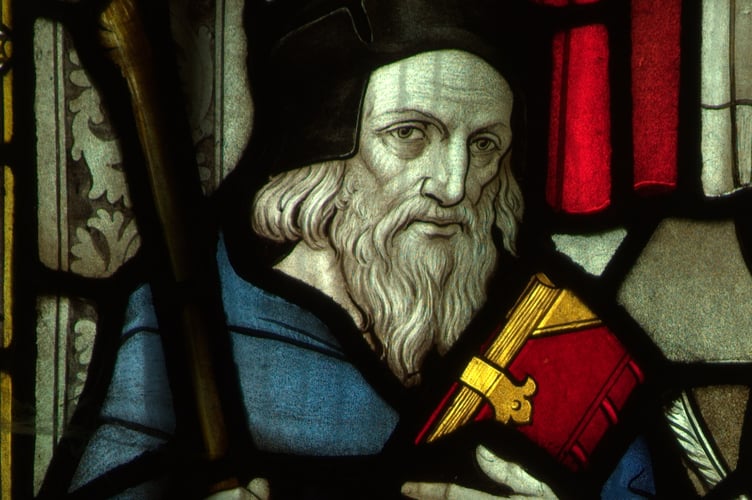If you have a son or daughter embarking on a gap year this summer, you might be forgiven for thinking that this is a relatively recent development, writes Judith Field.
In fact, gap years date back to medieval times – although in those days, it meant taking a break to study rather than travel the world.
Early church records show that in the Middle Ages, not being a priest was no barrier to being appointed Rector of St Mary’s - the original church on the site of the current Truro Cathedral, now known as St Mary’s Aisle. Well-connected young men were given the job, and afterwards applied to the Bishop for a ‘gap year’ (possibly plural) to study for the priesthood.
Since they continued to collect income from the Parish while they were away, they were in effect being awarded a scholarship to go to university. Rector Thomas Wylle, for example, was granted a license on September 21, 1370 to study at Oxford, and his leave was extended for a further three years from September 1373.
Thomas’s student days in Oxford came at an exciting time. It was a hotbed of controversy, with the famous priest and dissident John Wycliffe (one-time Master of Balliol College) criticising church corruption and advocating poverty for the priesthood.
Wycliffe wanted everyone to have access to the Bible, not just the educated elite, and so argued that it should be translated into English from Latin. Condemned in 1377 by Pope Gregory XI, he left Oxford but refused to give up his ideas, and started translating the Bible himself.
It is tempting to wonder if Thomas Wylle ever met Wycliffe. Certainly he must have been aware of him, and they are quite likely to have rubbed shoulders at the university’s only library.
Wylle might even have attended Wycliffe’s lectures, given in English instead of the customary Latin, and would have brought his revolutionary ideas back to Cornwall when he returned to serve a further 35 years as Rector at St Mary’s.

Wycliffe, rather than Wylle, is now remembered in a window in Truro Cathedral, donated by James Trewin of Stithians in 1938. It commemorates the bitter fight to be able to read the Bible in English; Wycliffe is pictured with Thomas Cranmer, Archbishop of Canterbury to King Henry VIII.
Both men were literally reduced to ashes by their opponents. Wycliffe was declared a heretic; his body was exhumed in 1428, 44 years after his death from natural causes, to be burnt and scattered into a river on the orders of Pope Martin V.
Cranmer was not so lucky - Queen Mary I (Henry’s daughter) ordered him to be burnt alive at the stake in Oxford on March 21, 1556. In spite of his martyrdom, his work lives on - services using his inspirational Book of Common Prayer are held in St Mary’s Aisle on Fridays at 11am. Evensong also dates back to Cranmer (usually 5.30pm weekdays, 4pm Sundays). All services are free to attend.
Find out more about Truro Cathedral’s windows at www.cornishstainedglass.org.uk





Comments
This article has no comments yet. Be the first to leave a comment.